Neak Pean Temple
Neak Pean situated in the middle of artificial lake “Jaya Tadaka”, 3700m by 900m, which now has been dried up. In the centre of this space is a square lake 72m along, bordered by four smaller lakes situated on the axis and lower than the embankment surrounding the main one. In the middle of it, is a small sanctuary which was formerly entwined by the trunk-roots of a giant creeper, now dead. This sanctuary has decoration dating from Jayavarman VII. Its four bays, which were originally open, were walled up with fine standing images of Avalokitesvara, to who, in his role of divine healer. The repairs to the monument carried out by Mr. Glaize, re-established the former appearance of this edifice which stands on a base in the form of a huge lotus. Thus, the idol of the tower stood on the sacred flower, the usual base for divine beings which seems to float in the lake.
Symbolism of the Neak Pean
Neak Pean is a miniature, simplified model of an aspect of the Buddhist cosmology. Here Jayavarman VII’s love of symbolic representations, difficult to discern amidst the scale and the complexity of the Bayon. The Neak Pean re-creates a famous site in Buddhist mythology, the Southern island of Jambudvipa. This is the home of humans, and at the center is the Hmalayan lake Anavatapta, the sacred springs visited by Buddha, Bodhisattva, Saints, hermits and affected people. The healing waters flowed out from the lake in the cardinal directions, through fountain-heads in the forms of a lion, an elephant, a horse, and a bull, the same four creature found upon the drum of the famous Sarnath lion capital. At the center of the Neak Pean is a square tank, in the middle of which is small, circular stone tower, on a round stepped plinth, in turn encircled by two serpents, their raise heads facing east and their entwined tails to the West. This whole is surrounded by four smaller tanks, connected by water spouts which and in the heads of a horse, and elephant, a lion and a human being’s head for that of the bull may be another instance of Jayavrman using his own feature, a practice already much in evidence throughout Angkor. It would appear that Buddhist priest, standing on the steps that enter the central pond, poured the sacred water by hand, into a spout, which then flowed out through the carved heads and down upon the worshipper, who stood below, inside a small cave, but not visible to the priest. The devotee stood upon or sat on a pair of carved, stone feet, directly beneath the head, to receive the sanctified and healing waters. Two of the pairs of carved feet remain today, one larger than the other, perhaps indicating male and female sizes. The eloquent Neak Pean, a minature version of the mythical waters of the four great rivers, is indicated to the lord of compassion, Lokesvara, the form of Avalokitesvara favoured by Jayavarman VII. In the main tank is a colosal stone horse with figures clinging to its sides, portraying the saving of drowning sailors by the compassionate Bodhisattva. Excavations have revealed fragments of three other statures, completing the symmetry of Jayavarman VI’s vision.
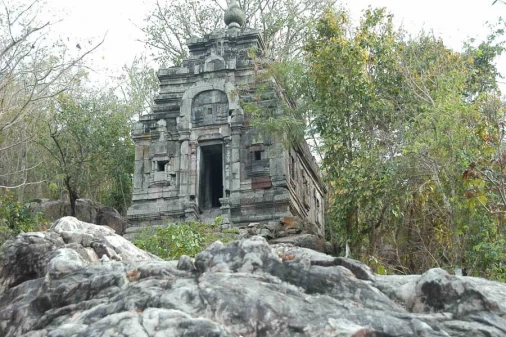
Angkor Borei
Angkor Borei is a town in the area of several ruins and archaeological digs. The area contains artifacts...
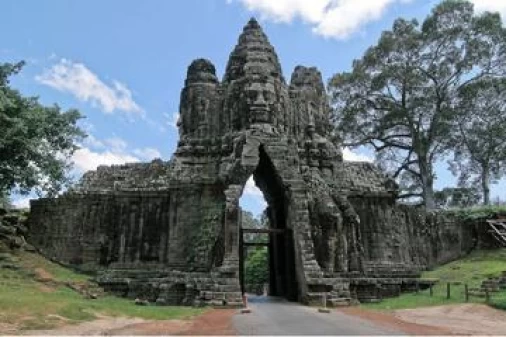
Angkor Thom
The Great City or Capital Angkor derives from Sanskrit word: “Nagara” meaning “City or Town or Capital”;...
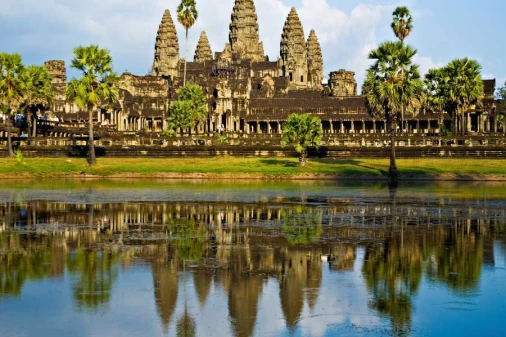
Angkor Wat
The traveller’s first glimpse of Angkor Wat, the ultimate expression of Khmer genius, is matched by...
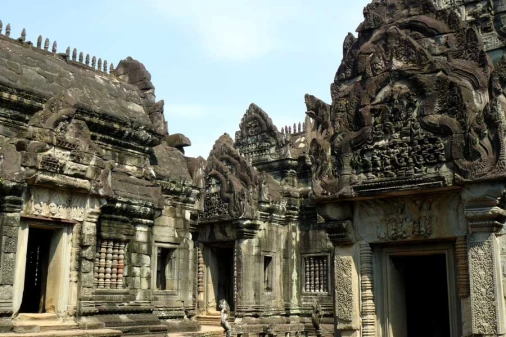
Banteay Sam Re
Banteay Sam Re located at Preah Dak commune, Bon Tiey Srey District by Charles De Gaulle Road via Angkor...
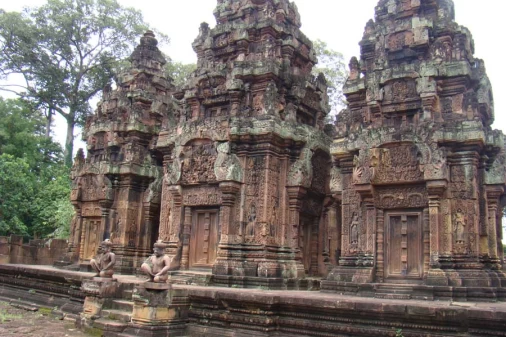
Banteay Srei Temple
Considered by many to be the jewel in the crown of Angkorian art, Banteay Srei is cut from stone of...
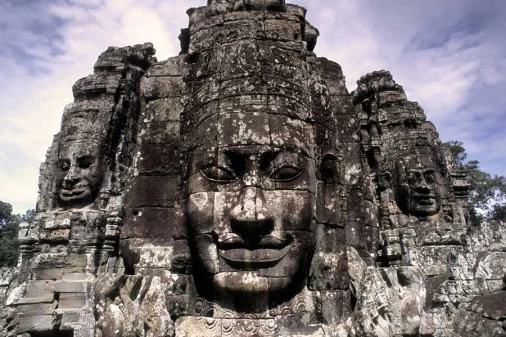
Bayon Temple
At the heart of Angkor Thom is the 12th-century Bayon, the mesmerising, if slightly mind-bending, state...
You may also like
Cambodia Discovery 7 Days
- Depart Time:Daily
- Starts/Ends:Phnom Penh/Siem Reap
- Tour type:Private Tours
- Travel Style:Heritage Tours, Family Tours, Culture & History
- Activities:Walking tours, Local culture tours, Cultural, religious and historic sites tours, Countryside and village visits tours
- Suitable for:Solo, Family, Group, Couple
- Age range:1 To 90 Years
- Operated in:English, French, Spanish, German, Italian
Cambodia Cities & Southern Coast 12 Days
- Depart Time:Daily
- Starts/Ends:Siem Reap /Phnom Penh
- Tour type:Private Tours
- Travel Style:Heritage Tours, Family Tours, Culture & History
- Activities:Walking tours, Local culture tours, Cultural, religious and historic sites tours, Countryside and village visits tours
- Suitable for:Solo, Family, Group, Couple
- Age range:1 To 90 Years
- Operated in:English, French, Spanish, German, Italian
Truly Cambodia 11 Days
- Depart Time:Daily
- Starts/Ends:Phnom Penh/Phnom Penh
- Tour type:Private Tours
- Travel Style:Heritage Tours, Family Tours, Culture & History
- Activities:Walking tours, Local culture tours, Cultural, religious and historic sites tours, Countryside and village visits tours
- Suitable for:Solo, Family, Group, Couple
- Age range:1 To 90 Years
- Operated in:English, French, Spanish, German, Italian
Cambdodia In Style 10 Days
- Depart Time:Daily
- Starts/Ends:Siem Reap /Phnom Penh
- Tour type:Private Tours
- Travel Style:Family Tours, Culture & History
- Activities:Walking tours, Local culture tours, Cultural, religious and historic sites tours, Countryside and village visits tours
- Suitable for:Solo, Family, Group, Couple
- Age range:1 To 90 Years
- Operated in:English, French, Spanish, German, Italian
 France
France  Spain
Spain  German
German  Italian
Italian 





 Vietnam Tours
Vietnam Tours  Cambodia Tours
Cambodia Tours  Myanmar tours
Myanmar tours  Thailand Tours
Thailand Tours  Laos Tours
Laos Tours